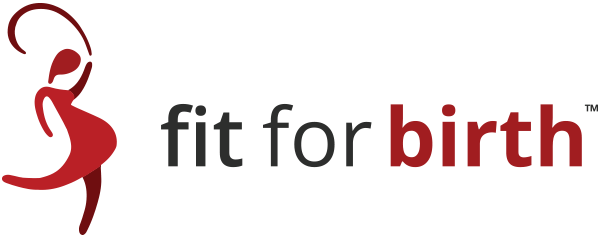What the new WHO guidelines for “intrapartum care for a positive birth experience” tells us about the state & direction of modern birthing culture.
By: Becca Oden
A new word dropped from the WHO; recommendations for “labor management” where the intention is to speak about our global environment around birth. These recommendations shift focus from merely survival of women in childbirth, to “ensuring that they thrive and achieve their full potential for health and well-being”.
What does it look like to have supportive birthing care instead of medical centered care and how does this report move us closer to this hopeful reality?
We forget quickly that modern birth culture has evolved dramatically in the past few hundred years. The realities that we know as common-place today: high infertility rates, c-sections, and episiotomies are all a part of the new normal. Our cultural narrative of birth, depicted on screens, tell us stories of trauma, loss, pain medicine administration, panic and emergency interventions. And of course, these stories are a reality for so many women today. And while many of these medical practices have saved lives of babies and mothers, their widespread use is indicative of a medical culture that seeks to control the process of birth excessively, instead of focus on a healthy, positive birth experience. The purpose of this article is not to diminish the importance of life-saving medical breakthroughs, but rather to shed light on the assumption that the liberal use of medical birth interventions is how birth should be facilitated.
That is what is so groundbreaking about this report: the WHO report challenges the paradigm that the drivers of healthy labor are medicine, interventions and doctors. Instead, some of the 26 new recommendations shift the paradigm from “deviation from ‘normal’ in labor tells us when to intervene” toward the health of the birthing individual as the primary indicator for when to use medical interventions such as Pitocin, episiotomies and c-sections.
An excellent example of this, from the WHO guidelines, is the repeal of what we know as the “Friedman’s Curve”- the measurement that is considered normal dilation of the cervix (an average of 1 cm per hour during active labor) during labor as a primary indicator for whether birth is going to occur naturally. If labor is not progressing at the speed that Friedman’s Curve suggests, women are often prescribed medical interventions such as Pitocin to speed up labor. The new WHO recommendations state that:
“A minimum cervical dilatation rate of 1 cm/hour throughout active first stage is unrealistically fast for some women and is therefore not recommended for identification of normal labour progression. A slower than 1-cm/hour cervical dilatation rate alone should not be a routine indication for obstetric intervention.”
This shift can impact the labor experience greatly for the birthing individual. Currently, those laboring and their doctors are relying on this metric to determine whether they are suggested medicine or intervention. But this metric has never been able to capture the big picture; it doesn’t focus on signs of distress to determine whether labor will be unsuccessful. The trust in a healthy body’s ability to facilitate labor has long been missing from our birth culture. The WHO report brings hope that the pendulum is swinging in favor of patient empowerment.
Let’s talk a little more about some of the proposed recommendations that constitute changes to current birth management practices in our modern hospitals.
The report concludes that: “Commonly practiced routine clinical pelvimetry (or pelvic examinations) on admission to hospitals is not recommended for low-risk pregnant women.” Once again, we can see that minimizing intervention is a theme of the report.
The Journal of the American Medical Association published findings in 2005 suggesting that between 30 to 35 percent of vaginal births in the U.S. involve an episiotomy. The new WHO report speak to this practice:
“Routine or liberal use of episiotomy is not recommended for women undergoing spontaneous vaginal birth.”
When the starting point is a focus on the experience of the birthing person, the practices that are recommended are wildly different. The dynamic shift is toward the mother as the primary caregiver to the baby, freeing the doctor to act as a supporting agent of the mother’s health, and an advocate of their wishes.
Doctors taking cues from mother’s bodies is exactly the shift that is far past due in modern birthing culture. It is time for prenatal individuals to have ownership of the process that transitions them into motherhood in ways that are supported, not dictated, by birthing professionals. We need the WHO recommendations, and more, in order to ensure that those birthing babies have beautiful, healthy experiences worthy of the endeavor of labor and parenthood.
